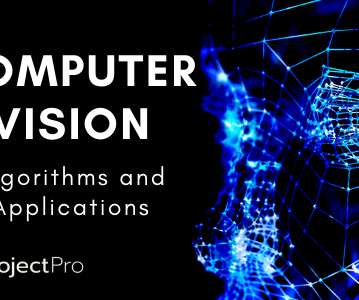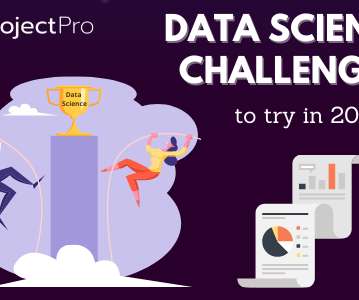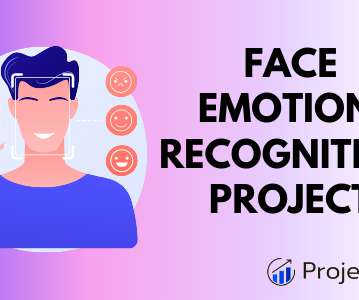A Collection of Take-Home Data Science Challenges for 2025
ProjectPro
JUNE 6, 2025
Additionally, solving a collection of take-home data science challenges is a good way of learning data science as it is relatively more engaging than other learning methods. So, the goal is to use phase-contrast microscopy images and detect the neuronal cells with a high level of accuracy through deep learning algorithms.















Let's personalize your content